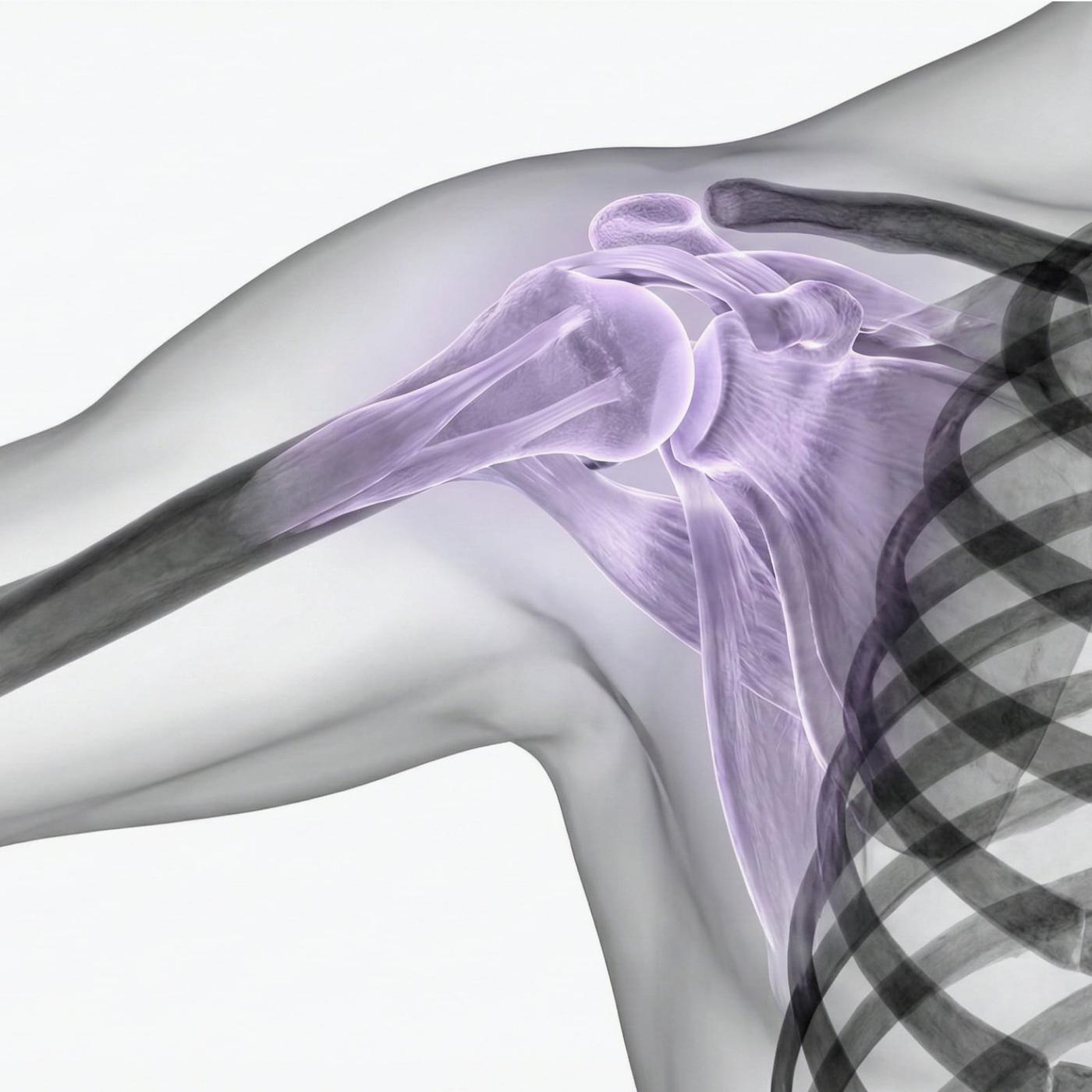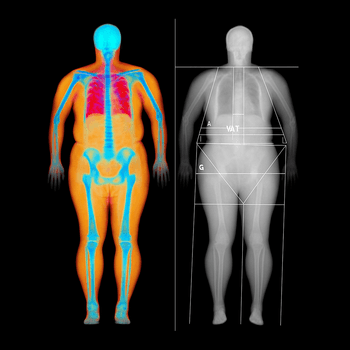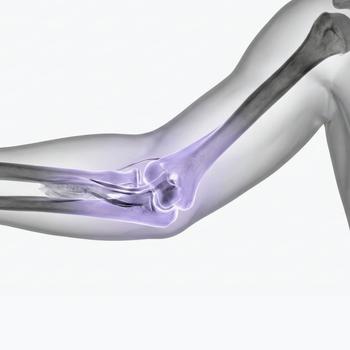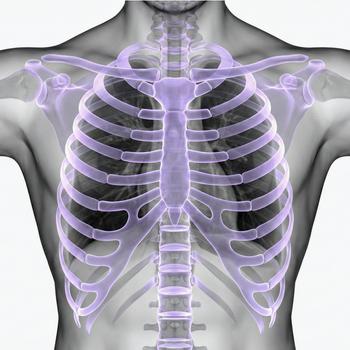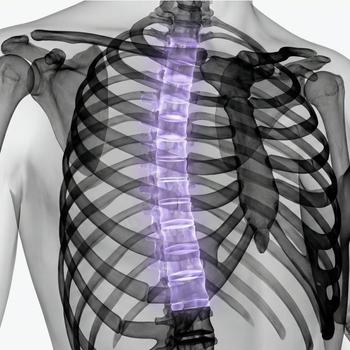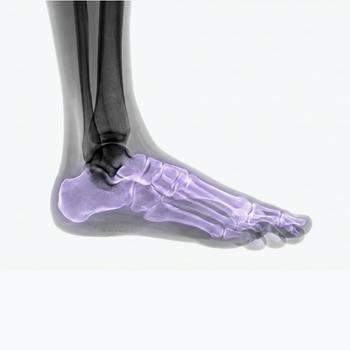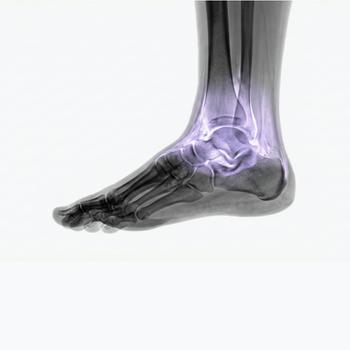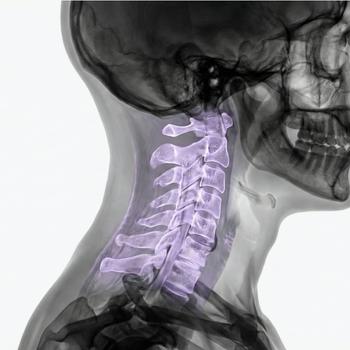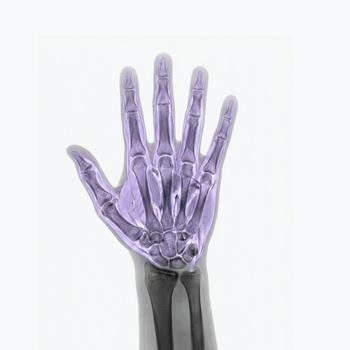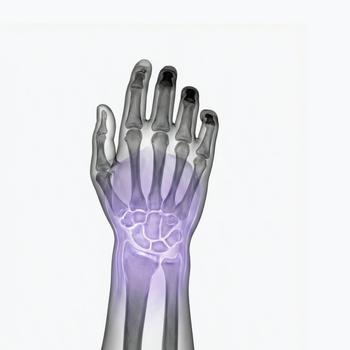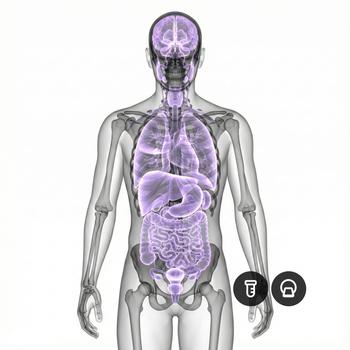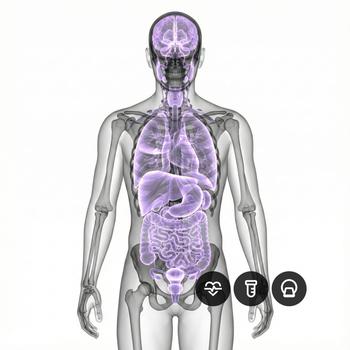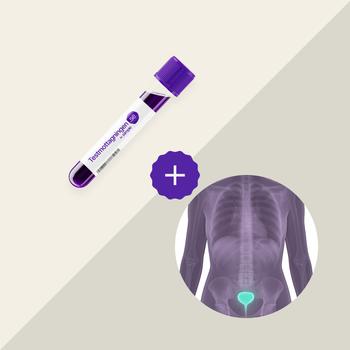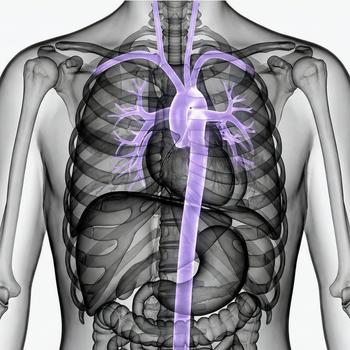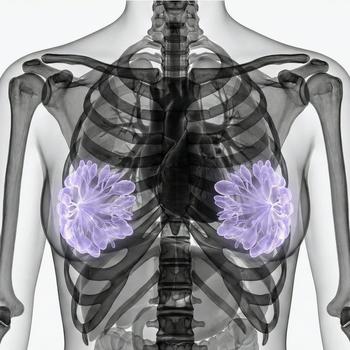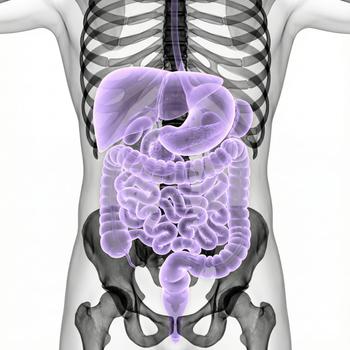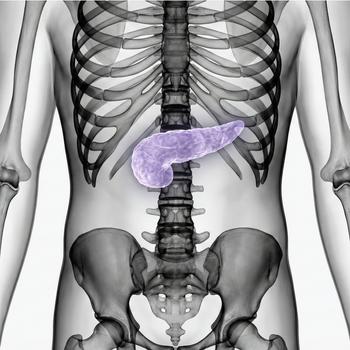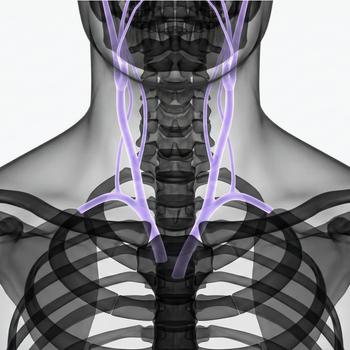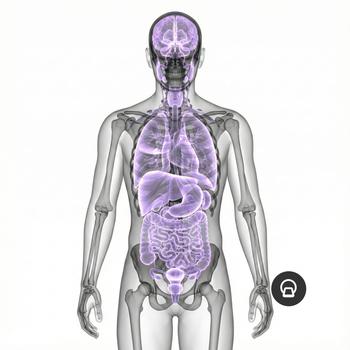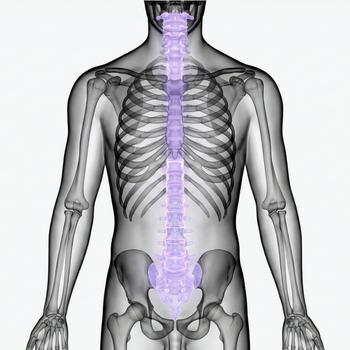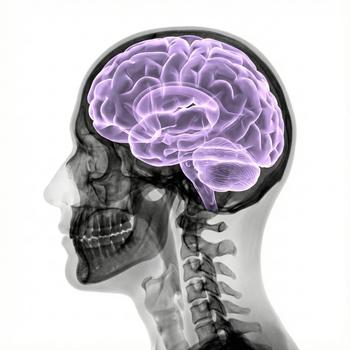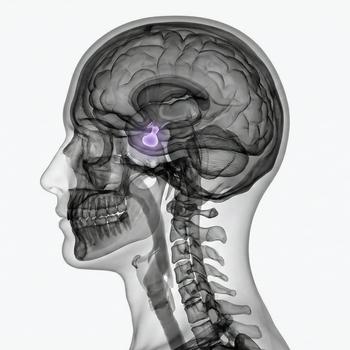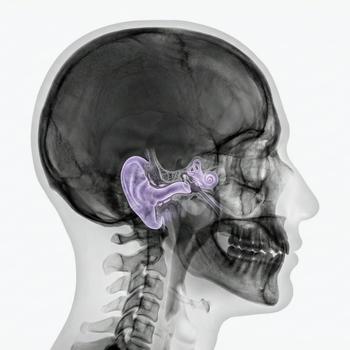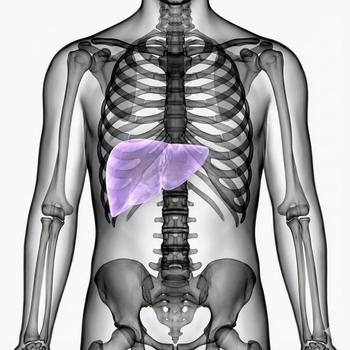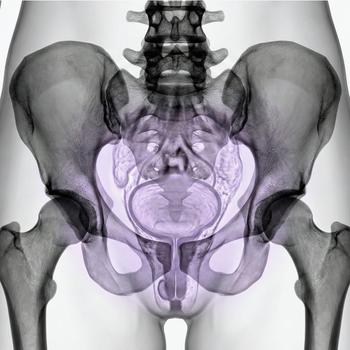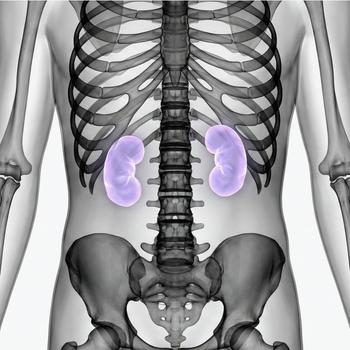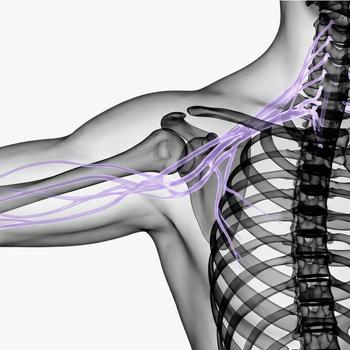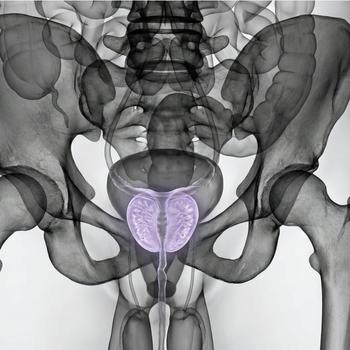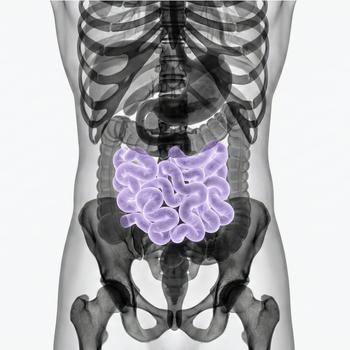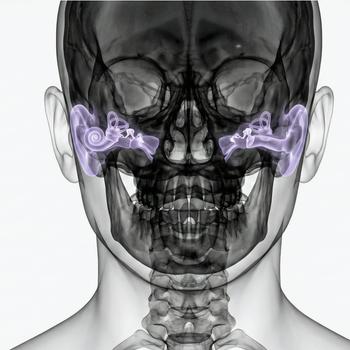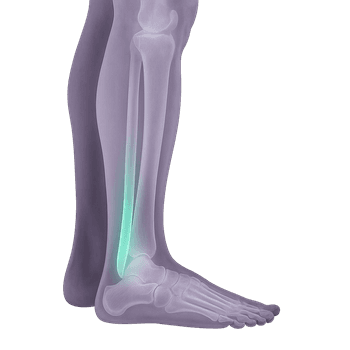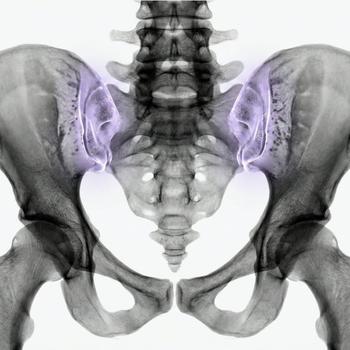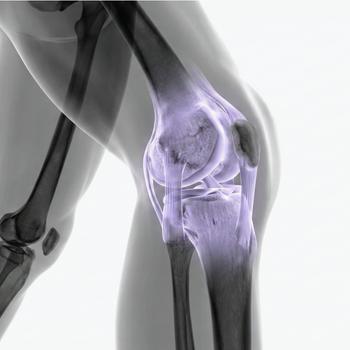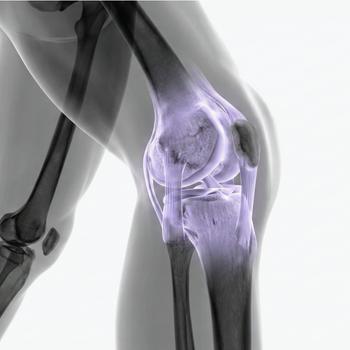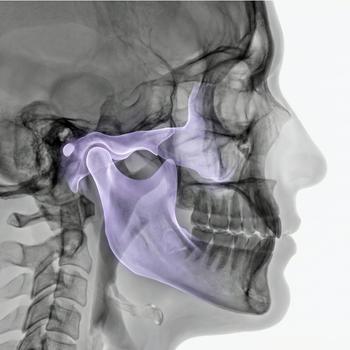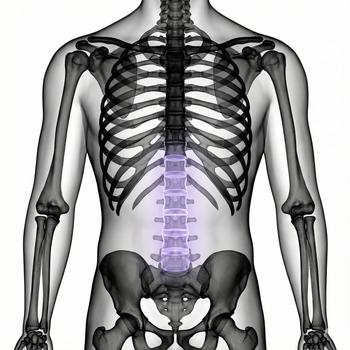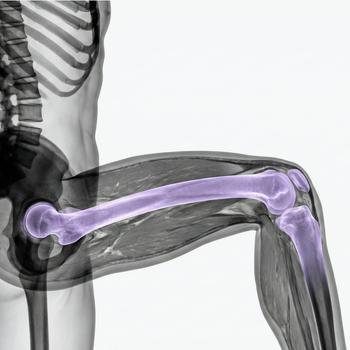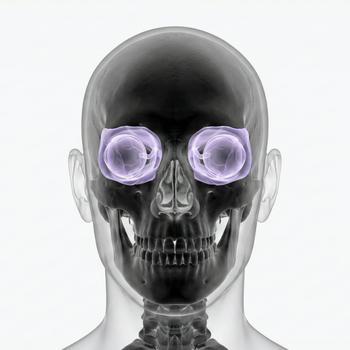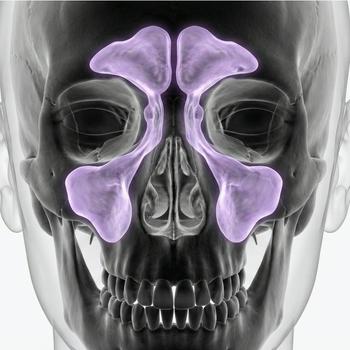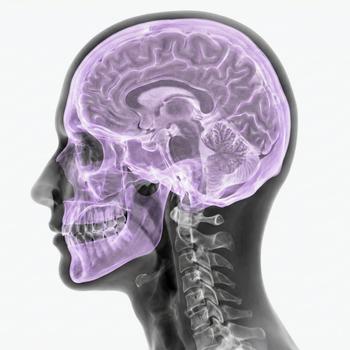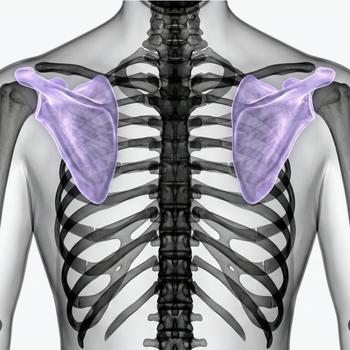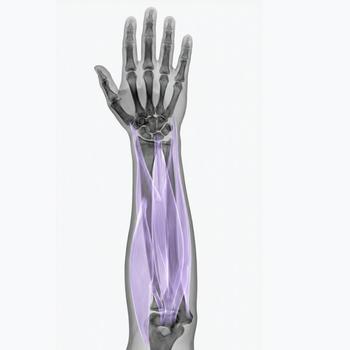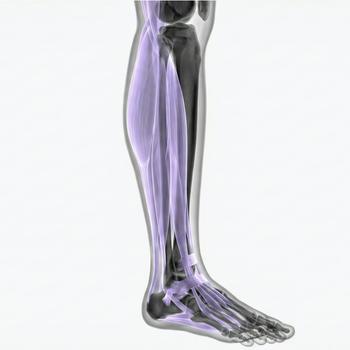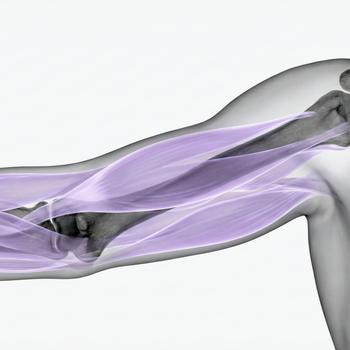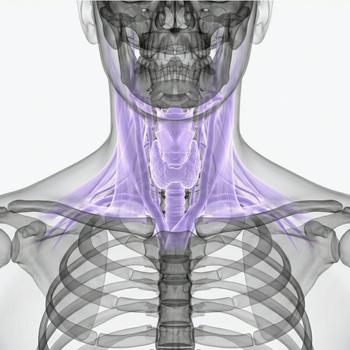MRI Shoulder – Magnetic resonance imaging examination for shoulder pain, stiffness or suspected injury
The shoulder joint is the most mobile joint in the body – a complex structure where the humerus meets the shoulder blade, surrounded by tendons, ligaments, joint capsule and muscles. Precisely because of its mobility, the shoulder is particularly vulnerable to overload, inflammation and injuries that can affect both everyday function and sleep quality.
With a magnetic resonance imaging (MRI) examination of the shoulder, you get a very detailed image of the internal structures of the joint, including the rotator cuff tendons, joint capsule, labrum, cartilage and soft tissues. MRI is painless, completely radiation-free and provides superior imaging diagnostics for complex shoulder problems – especially when previous examinations have not provided clear answers.

When is an MRI of the shoulder recommended?
A shoulder MRI should be considered in cases of pain that affects mobility, in cases of trauma, or if you suspect an injury that is not visible on a regular X-ray. It is a central part of the investigation for long-term or recurring shoulder problems.
- Long-term or new-onset shoulder pain that has not responded to treatment
- Limited mobility or stiffness in the shoulder joint
- Weakness in the arm or difficulty lifting the arm
- Pain at night that disrupts sleep, especially when changing positions
- Suspected tendon injury (e.g. rotator cuff tear) after a fall or overload
- Repeated shoulder dislocations or instability
- Clicking sounds, locking, or a feeling that the shoulder is "jumping out of joint"
MRI is also particularly useful before surgery, to assess the extent of damage or inflammation, and when there is suspicion of deeper joint involvement that cannot be seen with ultrasound or X-ray.
MRI is often used when the following shoulder conditions are suspected
- Rotator cuff injury – partial or complete rupture of the tendons that stabilize the shoulder joint
- Impingement (impingement syndrome) – where tendons or bursae are pinched during lifting
- Biceps tendon injury – tendinopathy or rupture of the long biceps tendon
- Bursitis (subacromial or subdeltoid bursitis)
- Labral injury – e.g. SLAP lesion, often after trauma or repeated throwing
- Shoulder instability or previous dislocation (luxation)
- Degenerative changes in the AC joint or glenohumeral joint (osteoarthritis)
- Frozen shoulder (adhesive capsulitis) – MRI can show inflammation and thickened capsule
Book an MRI of the shoulder – get a referral immediately
An MRI of the shoulder is an effective and accurate way to investigate the cause of your shoulder problems. The examination is completely painless, takes about 20–30 minutes and provides high-resolution images without the use of radiation. The images are reviewed by a specialist in radiology, and you will receive a written report within a few days.






















